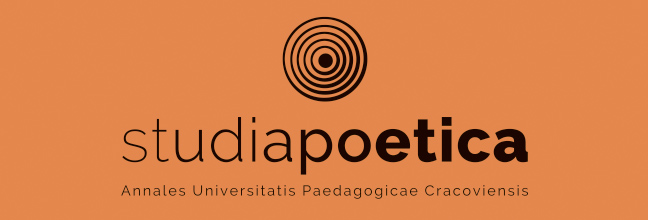Obiekty sportowe w Krakowie w dobie zaborów i II Rzeczypospolitej.
Main Article Content
Abstrakt
Cracow played an important role in the development of spoort in Poland. Sport associations and clubs not only propagated sport but also influenced urbanization processes. The first sports facilities in Cracow were built and intended for the "Sokół" association. In 1889, the Jana Meyera company built a spotrs arena at Wolska street (currently Piłsudski's Street). The building was enlarged and reconstructed in 1894 by a famous Cracow architect Teodor Talowski who gave it a neo-Gothic character. An interesting example of an open-air sports area the Sport Park of dr Henryk Jordan realized in 1889.
Sports activist of the emering clubs and asociations in the first half of the 20th century knew that the basis of financial existecne of each club was having its own sports facilities. In 1919, Students' sport Association (Akademicki Zwi azek Sportowy, AZS) leased four tennis squares in the Cracow Park where it built tennis courts on which international Cracow championships took place. In 1911, AZS built a rowing landing on the right bank of the Vistula River. In the same year, the Association of Craftsmen and handicraftsmen Youth (Związek Młodzieży Rzemieślniczej i Rękodzielniczej) built the sport park "Juvenia" in the southern part of Błonia. The next sports facility was created thanks to the efforts of the management board of "Cracovia". In 1912, the Park of Sports Games of the "Cracovia" Sport Club (Park Gier Sportowych klubu Sportowego "Cracovia") was created in the south-eastern part of Błonia. "Wisła" built its own sport park at Oleandry Street in 1914, however, it burnt down a year later.
After regaining independence in 1918, Cracow had the best sports equipment in Poland as well as sports fields, modern tennis courts in the Cracow Park, rowing landing, an outdoor swimming pool in the Cracow Park, an indook swimming pool that was opened in 1927 in the YMCA building. In 1926, the construction of the AZS stadium started. In 1935, the stadium was taken away from the academy youth by the decision of the city authorities and transformed into a city stadium.
Article Details
|
